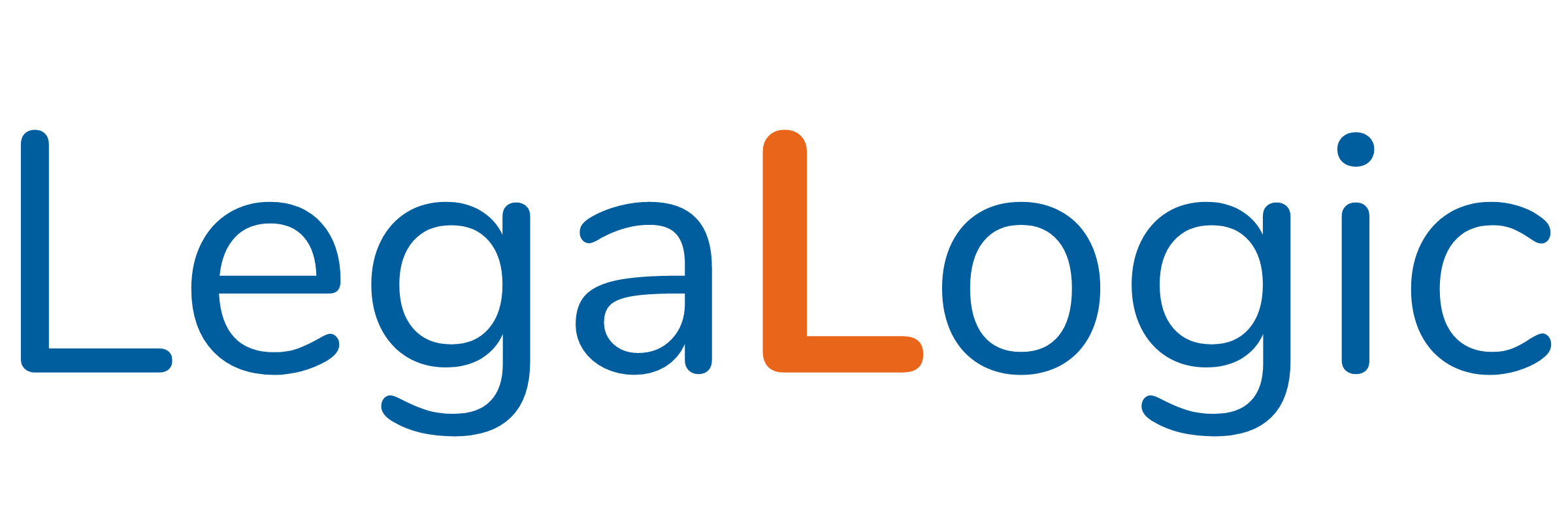Intellectual Property Newsletter – IP Protection Insurance – A look into the future
Intellectual Property (IP) Protection Insurance is a kind of insurance that helps cover financial risks arising from IP disputes and infringements. Though still a relatively new market with limited awareness, it is expected to grow from $0.19 billion in 2025 to $0.54 billion by 2034.
Key features and coverage provided by IP protection insurance include:
· Defense Against Allegations: Covers legal expenses, expert witness fees, court costs, and settlements when the insured company is accused of infringing another party’s IP rights (patents, trademarks, copyrights, trade secrets). Defense costs in IP litigation can be extremely high due to the complexity and technical nature of cases.
· Enforcement of IP Rights: Provides financial support for initiating legal action against third parties who are infringing the insured’s IP. This enables businesses to protect their competitive advantage without being deterred by potentially prohibitive costs.
· Contractual Indemnity Coverage: Protects companies against claims based on IP warranties and indemnities found in commercial contracts, such as licensing or sales agreements. This is especially important in complex supply chains or B2B relationships where IP disputes often arise.
· Loss of IP Rights and Future Profits: Some policies cover the financial impact if an IP right is invalidated or lost (e.g., patent is revoked), which may affect future revenue streams.
· Damages, Settlements, and Reputation Cost: Coverage extends to payments for damages awarded in court or negotiated settlements, as well as costs associated with managing reputational harm caused by IP disputes.
· Tailored Policy Options: Insurance products vary by insurer but are increasingly customizable to cover specific IP types, geographic regions, and litigation scenarios.
What is Covered in IP Protection Insurance?
Typical IP insurance covers include:
| Coverage Area | Description |
| Infringement Defense | Legal costs if you are accused of infringing someone else’s IP. |
| Enforcement of IP Rights | Legal costs in pursuing third-party infringers of your IP (e.g., patents, trademarks, copyrights). |
| Contractual Indemnity | Protection against claims made under contractual agreements where IP infringement is alleged. |
| Loss of IP Rights | Costs and losses associated with loss, invalidation, or expiry of a key IP right. |
| Damages and Settlements | Payments for damages, settlements, or court orders. |
| Loss of Profit | Compensation for business interruption or profit loss from IP litigation outcomes. |
| Reputation Management | Costs to protect or restore reputation from IP-related incidents (select policies). |
Benefits of Opting for IP Protection Insurance
1. Financial Risk Mitigation: Significantly reduces the risk of depletion of capital due to expensive IP litigation or enforcement costs.
2. Improved Business Stability and Continuity: Helps companies avoid operational disruptions that costly legal battles could cause.
3. Empowers Enforcement: Encourages businesses to assert their IP rights and challenge infringers without financial hesitation.
4. Deterrence Effect: The presence of insurance can act as a deterrent to potential infringers aware that the insured can aggressively defend their rights.
5. Investor and Partner Confidence: Demonstrates proactive risk management of one of the company’s most valuable assets, boosting investor trust and financing options.
6. Collateral and Valuation Enhancement: IP insurance policies can enhance the value of IP as collateral in financing or mergers and acquisitions.
7. Access to Expertise: Insurers often provide access to legal expertise and strategic advice in managing IP risks.
Challenges of IP Protection Insurance:
1. High Costs and Premiums: High premiums may not be affordable for smaller businesses.
2. Complex and Restrictive Policy Terms: Policies often contain exclusions, caps, and conditions (e.g., requiring insurer consent to initiate litigation), making it necessary to carefully analyze coverage.
3. Coverage Gaps: Not all IP disputes or jurisdictions may be covered; some policies exclude litigation in high-risk regions unless additional premiums are paid.
4. Limited Availability in Some Regions: In developing markets like India, the market is still nascent with fewer products and less competitive pricing.
5. Enforcement Challenges Beyond Insurance: Insurance covers financial risks but does not solve underlying enforcement difficulties such as identifying infringers or navigating complex legal systems.
6. Administrative Burden: Claim processes can be lengthy and require extensive documentation and legal cooperation.
Future of IP Insurance:
· IP Insurance will become more common as people become aware of its benefits.
· Premiums will be reduced, making insurances more accessible to small scale industries start-ups.
· Artificial Intelligence will play a key role in the risk assessment of intellectual property, enabling insurers to evaluate IP assets more accurately by analysing factors such as patent strength, litigation history, market relevance, and potential infringement risks.
· Governments are expected to enact legislation regulating IP insurance, establishing a comprehensive legal framework to ensure transparency, consistency, and protection for policyholders and insurers alike.
· Rising IP creation and disputes in sectors like tech, pharma, and manufacturing are increasing demand for IP insurance, especially among startups and innovators.
· Regulatory reforms (like 100% FDI in insurance and digital policy frameworks) are paving the way for global insurers to enter and offer specialized IP coverage in India.
· Public–private partnerships and pilot programs in key industries (e.g., biotech, software) can drive early adoption and demonstrate the value of IP insurance.
· Cross-border Insurance will gain traction.
Case Laws:
The following cases regarding IP Insurance were decided in the US.
My Choice Software, LLC v. Travelers Casualty Insurance Co. (Case No. 19-56030 – United States Court of Appeals, Ninth Circuit):
In this case, there was a dispute around whether insurance companies need to specifically exclude IP insurance in their policies for such claims to be denied.
The following was held:
· The IP exclusion was ambiguous—it did not clearly state that it applied to claims the insured (My Choice) brought against others.
· Exclusions must be clear and understandable to the average person—Travelers’ policy language didn’t meet that standard.
· The exclusion didn’t explicitly cover counterclaims or suits merely related to IP, especially where non-IP claims like defamation were involved.
· Courts interpret insurance coverage broadly and exclusions narrowly, and ambiguities are resolved in Favor of the insured.
The Limited v. Nationwide Insurance Co.(Case No. 94CVH11-8405 (Ohio Court of Common Pleas, Franklin County):
The central issue in this case was whether a design patent infringement claim could fall under the scope of advertising injury coverage provided by a commercial insurance policy.
The following was held:
· Design patent infringement claims may trigger advertising injury coverage if they involve advertising or promotional activities.
· Policy wording is critical terms like “misappropriation of an advertising idea” must be carefully interpreted to determine coverage.
· Advertising-related allegations can act as coverage triggers, so businesses should evaluate whether their insurance policies protect against IP claims tied to marketing.





